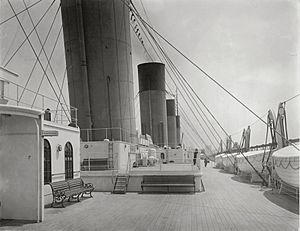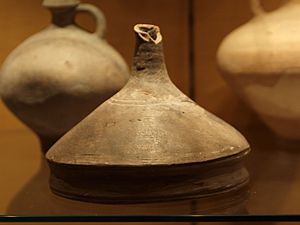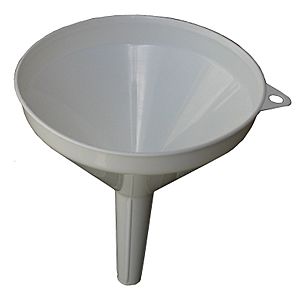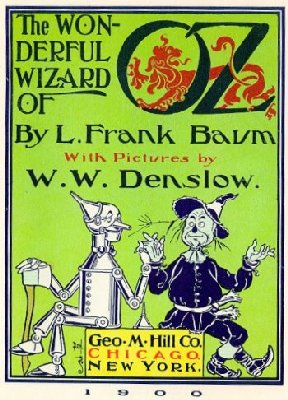Funnel facts for kids


A funnel is a simple tool shaped like a cone with a narrow tube at the bottom. Think of it like a wide mouth that shrinks down to a small opening. Its main job is to help you pour liquids or tiny particles into containers that have small openings. Without a funnel, things can get messy and spill!
Funnels are made from different materials. Common ones include stainless steel, aluminium, glass, or plastic. The best material depends on what you are pouring. It needs to be strong enough to hold the substance. Also, it shouldn't react with the liquid or powder. For example, plastic funnels are great for kitchen use. But for things like diesel, stainless steel or glass funnels are better.
Sometimes, people use disposable paper funnels. These are handy when cleaning a funnel would be hard. For instance, when adding motor oil to a car, a paper funnel can be used and then thrown away. Some special funnels, called dropping funnels, even have a small tap. This tap lets you control how fast the liquid flows out. There are also flat funnels that can fold up, making them easy to store.
The word "funnel" can also describe other things. It often refers to the tall smokestack on a steam locomotive or a ship. Sometimes, people even use the word for parts of a smoking pipe or a kitchen bin.
Contents
Funnels in the Lab
Scientists and students use many different kinds of funnels in a laboratory. These funnels are designed for specific tasks.
Types of Lab Funnels
- Filter funnels: These are used with filter paper to clean liquids. They help remove tiny bits from a liquid.
- Dropping funnels: Like the ones mentioned earlier, these have a tap. They let you add liquids very slowly to a flask.
- Powder funnels: These funnels have a wide and short tube. They are perfect for pouring powders. Their design helps prevent the powder from getting stuck.
When you use filter funnels with filter paper, you can clean liquids. This process is called filtration. It helps separate tiny particles from the liquid. For more advanced cleaning, some funnels use a special glass filter instead of paper. Separatory funnels are another type. They are used to separate two liquids that don't mix, like oil and water.
What Lab Funnels are Made From
Most funnels in a lab are made of glass. Glass is a good choice because it doesn't react with most chemicals. This keeps experiments safe and accurate. However, plastic funnels are also used, especially for water-based solutions. Plastic funnels are often used for powders because they usually don't touch strong chemicals.
How Lab Funnels are Used
- They help pour liquids or powders into small containers.
- They hold filter paper during the cleaning process of liquids.
- They are essential for transferring liquids safely in a lab.
Funnels in Pop Culture
Funnels have appeared in popular stories and even in computers!
The Tin Woodman's Hat
In the famous book The Wonderful Wizard of Oz by L. Frank Baum, the Tin Woodman wears a funnel as a hat. This idea came from the original drawings for the book by W. W. Denslow. Even though the book doesn't say he wears a funnel, the image became very popular.
Funnels in Computers
In the world of computers, a funnel shape is often used as an icon. It usually represents the "filter" function. This function helps you sort through information and only see what you want, just like a funnel helps you separate things.
Images for kids
-
The painting Cutting the Stone shows a man wearing a funnel hat.
See also
 In Spanish: Embudo para niños
In Spanish: Embudo para niños




